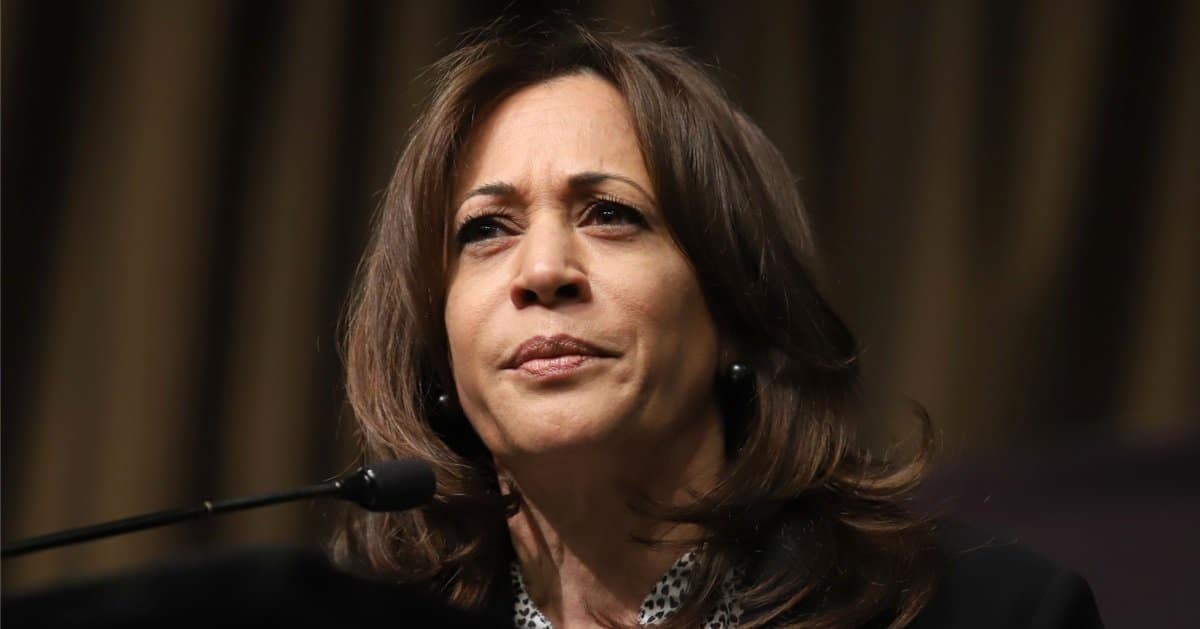


North Carolina’s political landscape is about to get a serious makeover as Republican leaders gear up for a crucial vote on redrawing the state’s U.S. House districts.
Announced on Monday, this bold move by GOP legislative heads aims to reshape the map in favor of more Republican seats, aligning with a nationwide push to counter Democratic strategies ahead of the 2026 midterm elections.
The Associated Press reported that North Carolina, ranking as the ninth-largest state, saw its current map, crafted by Republicans in 2023, deliver a hefty 10 out of 14 U.S. House seats to GOP candidates in the latest cycle. That’s a stark contrast to the 2022 map, which split the delegation evenly at 7-7 between the parties.
Driving this redistricting effort is none other than President Donald Trump, whose influence looms large over the party’s strategy.
As state Republican legislators noted in their news release, Trump issued a “call urging legislatures across the country to take action to nullify Democrat redistricting efforts.” Well, isn’t that a rallying cry to shake up the status quo?
But let’s not pretend this is just a noble quest for fairness—it’s raw politics at play. Both sides are scrambling to redraw lines for maximum advantage, and North Carolina is just one battleground in a coast-to-coast partisan tug-of-war. The 2026 midterms are the prize, and every district counts.
Now, let’s zoom in on the current map’s most vulnerable spot: the 1st District, held by Democratic Rep. Don Davis. This northeastern slice of the state, spanning over 20 counties, is the only true swing district left, with Davis scraping by for a second term by under 2 percentage points. It’s no surprise the GOP might have its eyes on flipping this seat.
Speculation is rife that Republicans could tweak the 1st District’s boundaries to snag an 11th seat for their column.
But here’s the rub—meddling with this district’s lines might ripple outward, potentially softening the grip of nearby GOP incumbents. It’s a high-stakes gamble, and not everyone in the party might be thrilled with the risk.
This isn’t just a local spat; it’s a microcosm of the national redistricting chess game. Every adjusted line, every shifted voter base, could tip the balance of power in Congress come 2026. North Carolina’s Republicans are playing to win, but they’ve got to tread carefully.
Think about it—district maps aren’t just lines on paper; they’re the blueprint for political power. When the GOP took control of the map in 2023, they turned a deadlocked 7-7 split into a commanding 10-4 edge. That’s not luck; that’s strategy, and they’re looking to double down.
Yet, for all the bravado, there’s a quiet tension in the air. Adjusting the 1st District could backfire if it weakens other Republican strongholds, leaving some incumbents sweating their re-election bids. It’s a reminder that even the sharpest political plays come with unintended consequences.
Democrats, of course, aren’t sitting idly by while this unfolds. They’ve got their own redistricting schemes in other states, and you can bet they’ll cry foul over North Carolina’s proposed changes. But isn’t that just the nature of the game—both sides fighting tooth and nail for every inch of ground?
President Trump’s words echo as the vote looms next week, with GOP leaders citing his push to “take action” against Democratic maneuvers.
It’s a clear signal that this isn’t just about North Carolina—it’s about a broader mission to reshape the national political map. Will this call to arms unify or divide the party’s ranks?
As the vote approaches, all eyes are on how these new lines might redraw not just maps, but destinies. Will the GOP secure that coveted 11th seat, or will their ambition trip them up? The answer lies in the details of the map they unveil.



